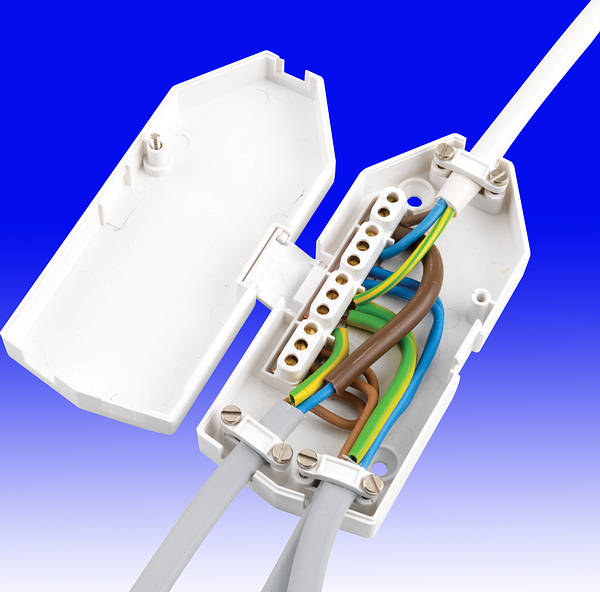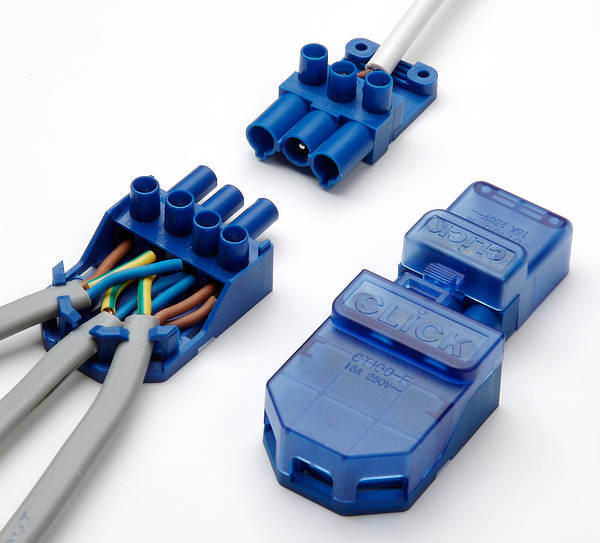Hi all,
I currently have a single ceiling rose in the living room. I would like to change to ceiling recessed spotlights.
This i guess means ripping up the floorboards upstairs to do the job. i am also thinking i would probably need 6 or 9 spotlights
Please can I have some ideas to what type of lights to to buy and wiring configurations. would i also be able to power thses lights from that single ceiling rose
Cheers
cooa99
I currently have a single ceiling rose in the living room. I would like to change to ceiling recessed spotlights.
This i guess means ripping up the floorboards upstairs to do the job. i am also thinking i would probably need 6 or 9 spotlights
Please can I have some ideas to what type of lights to to buy and wiring configurations. would i also be able to power thses lights from that single ceiling rose
Cheers
cooa99



